Is Your Website Design Elevating or Undermining Your Brand Value?
Is my website profiting my brand’s image or silently killing it?
Let’s be honest.
As a business owner, you’ve probably asked that question more times than you remember.
Maybe you have put a lot of effort into your website design.
You hired professional designers, picked out the best colour scheme and theme for your website, and made sure everything, from the typography to the content, stood out in a sea of competitors.
But how do you determine if your website is doing the job it’s supposed to do?
Is it enhancing your brand’s value, or is it quietly undermining it?
Here’s the kicker. Most of the visitors will form an opinion about your website in 0.5 seconds. Surprising?
Not in 2025.
So, if your website looks outdated despite the latest design changes, hard to navigate, or just ugly to look at, it is killing your branding and driving away customers.
Let’s dive into all the elements of website design that could either succeed or fail your brand’s value. There are some signs you should keep an eye on, that will tell you whether a website is doing wonders for your brand, or working against you.

Why Is A Website’s Performance Related To Its Design?
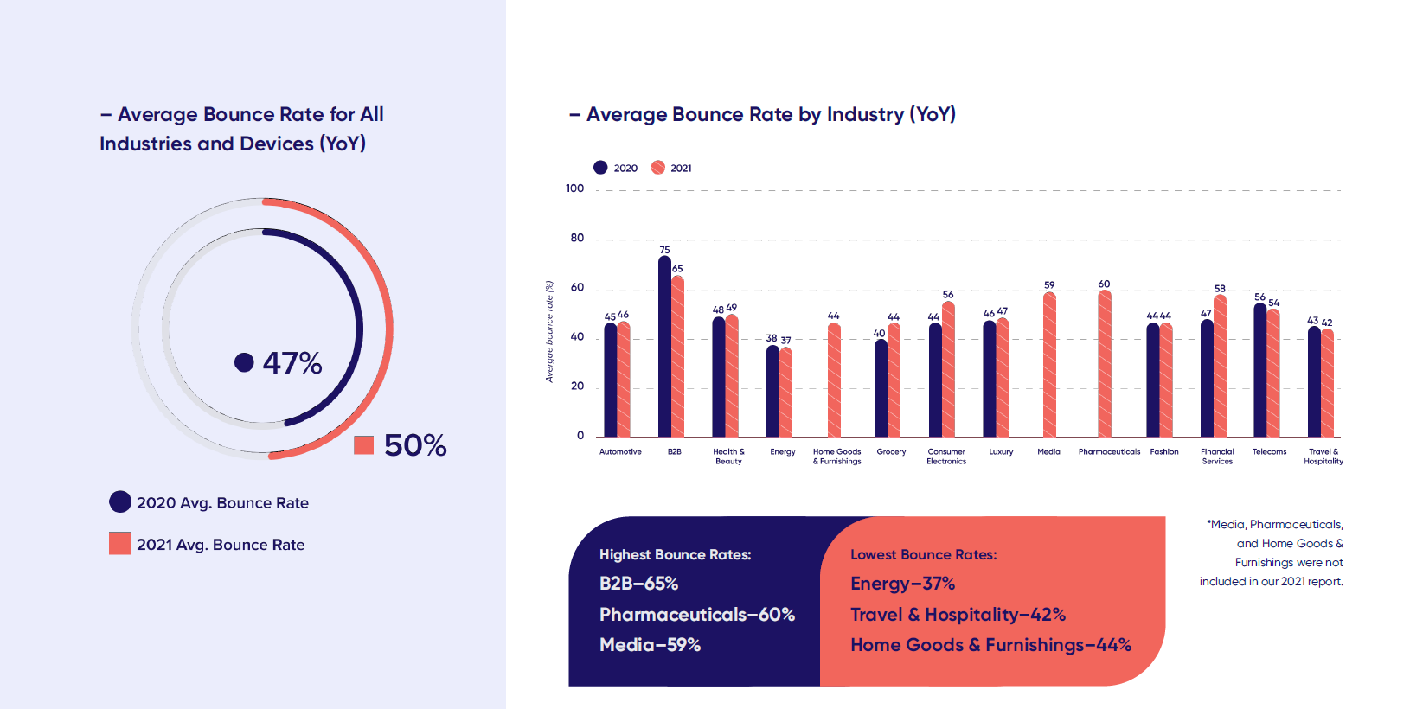
The Key Elements of A Good Website Design
Many websites look amazing at first glance, but they do not have the necessary elements to provide a consistent and smooth user experience throughout.
Hence, beneath the surface of a website, here are all the elements of web design that will add value to a brand.
Visual Appeal
By visual appeal, we are not just referring to the photos and illustrations on a website.
Yes, people are naturally drawn to beautiful websites, this is why professional web designers carefully evoke and manipulate emotions of visitors using these 4 components.
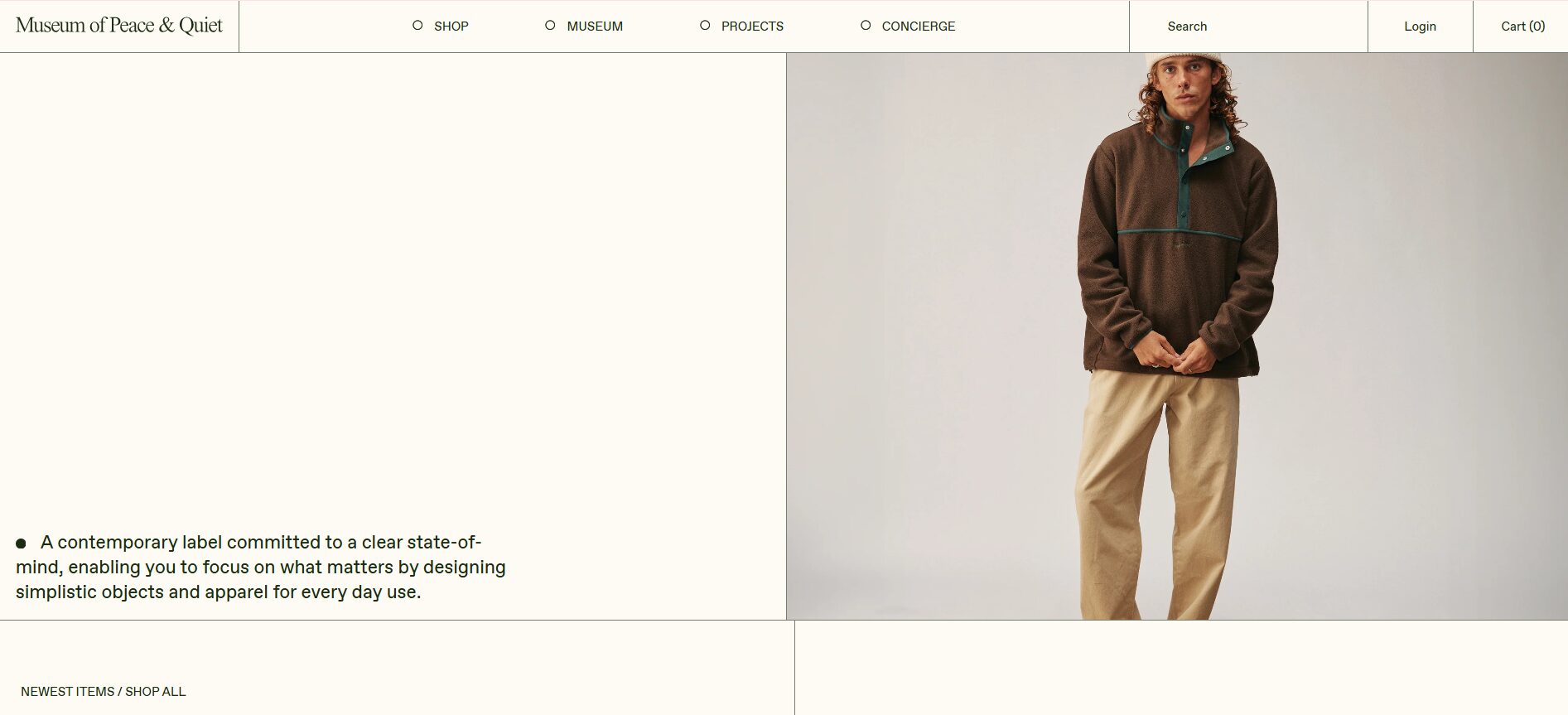
Colours
Blue and white colours can calm a person, red can trigger excitement, and yellow stimulates happiness.
Images & Graphics
Typography
Whitespace
User Experience (UX) And Intuitive UI
If a visitor has just one negative user experience with your website, they are likely to stop using your business altogether. This means that you spend your most resources in creating the best user experience for your visitors, as well as an intuitive UI.
This includes clear CTAs, easy navigation, a mobile-friendly design (we will discuss more on that later) and a custom web design that is curated specially for your target audience.
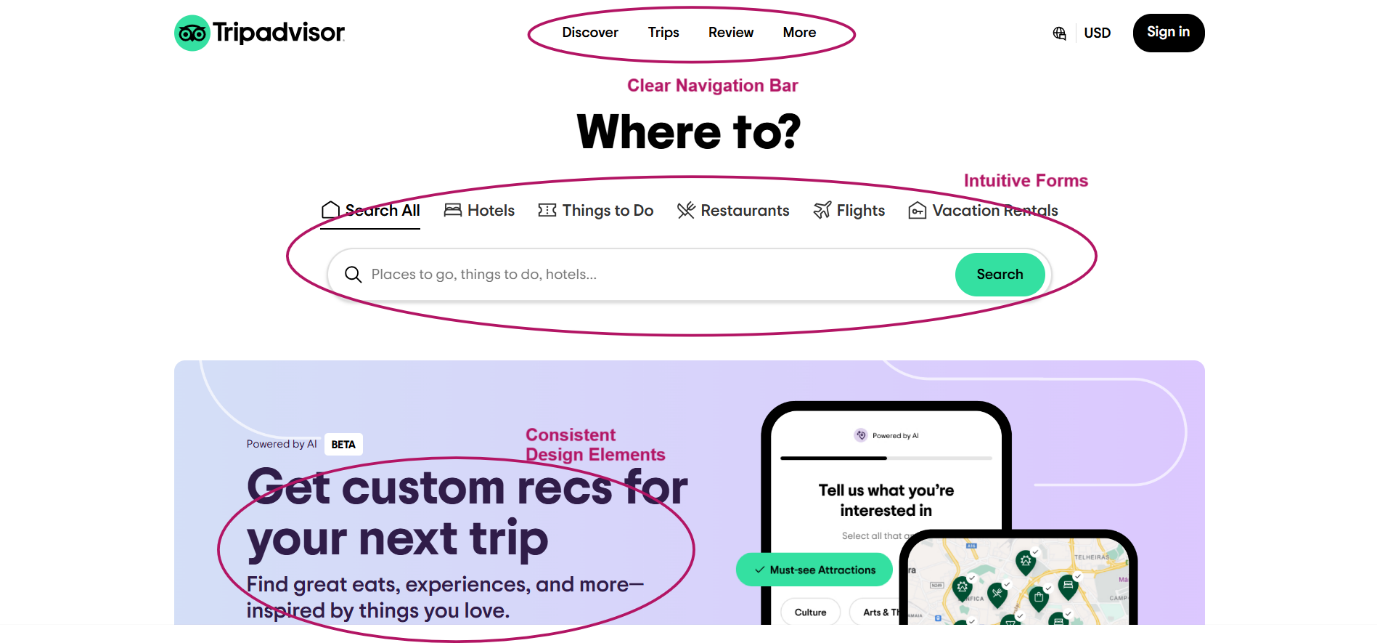
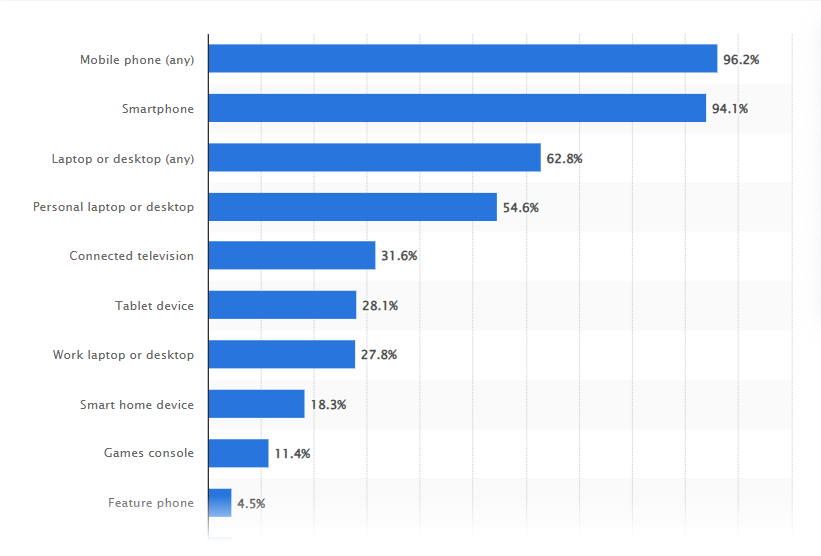
Mobile Responsiveness
The majority of your website users are on their phones all the time. In fact, almost 50% of them are. And if you have a mobile-friendly website, you are making all those visitors happy. A web design that elevates a brand is, first and foremost, mobile-friendly. And such responsive web designs ensure that brands are not missing out on the biggest percentage of their website users.
Consistent Branding

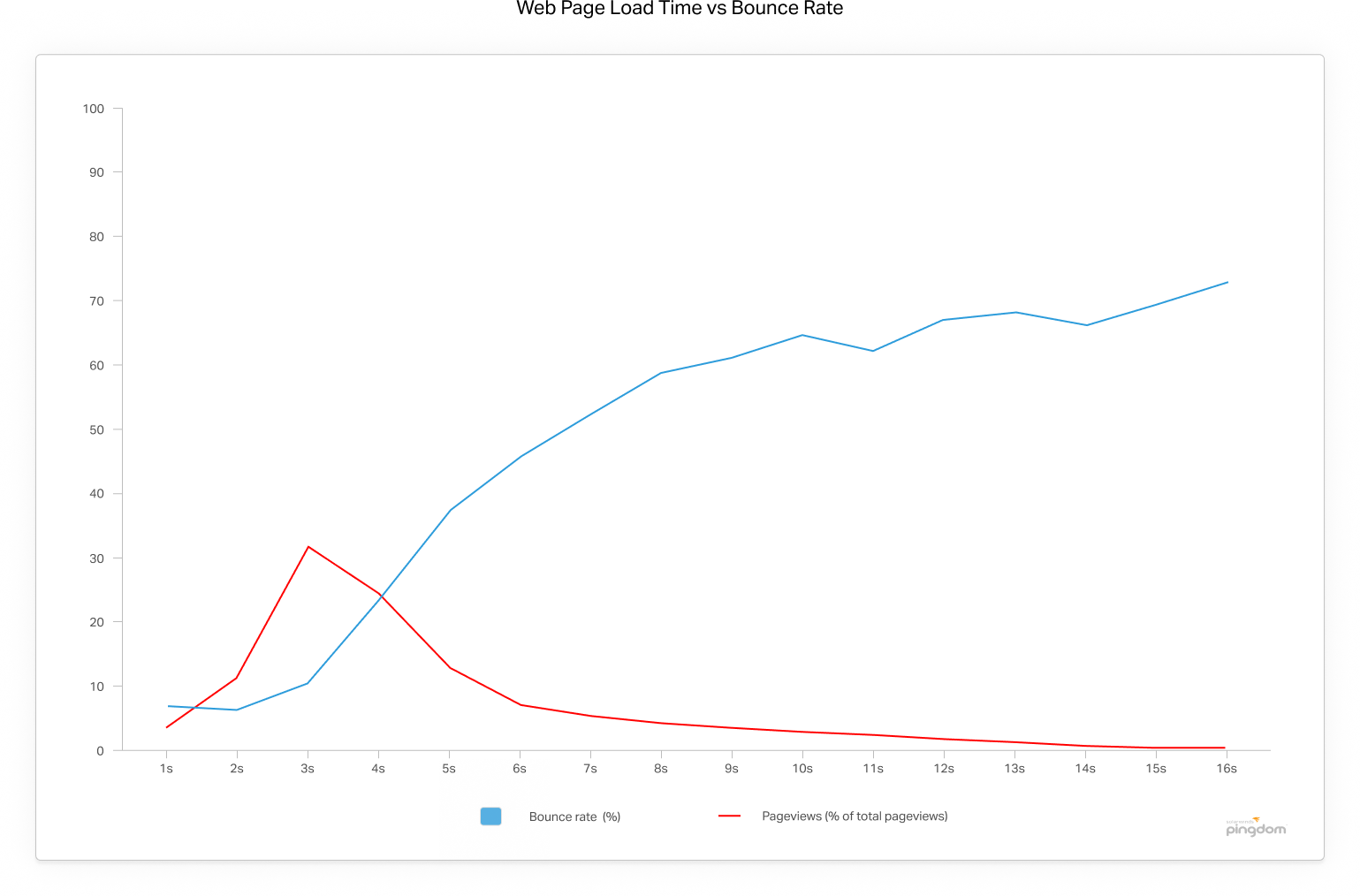
Fast Loading Speed
SEO Optimised Copy
A great design is good for first impressions, but it should also be paired with content that works well for a brand. A website that increases the value of a brand has optimised copy for SEO, which ensures that it ranks well in search results. Higher search engine result rankings also make it easier for potential customers to find that brand.
If your website has a well-written and optimised copy that reflects your brand’s value, it will boost your business revenue. So, keep focusing on the relevant keywords, answer commonly asked questions from your target audience, and maintain a clear and concise tone across all digital platforms.

Website Accessibility
In modern digital times, a website that goes above and beyond for its users wins hearts. The visitors who arrive on your website may have different hearing, sight, movement, and cognitive abilities. This means that websites should communicate and interact with them efficiently. Examples of website accessibility are text alternatives for images and different colour contrasts, etc.
Signs That Your Website Design Is Doing A Great Job For Your Brand
It Establishes Credibility and Trust
It Has Great Online Visibility and Reach
Boosts Conversion Rates and Sales
Has A Tailored Design And Brand Identity For Target Audience
Responsiveness and Scalability
The Elements of A Bad Website Design
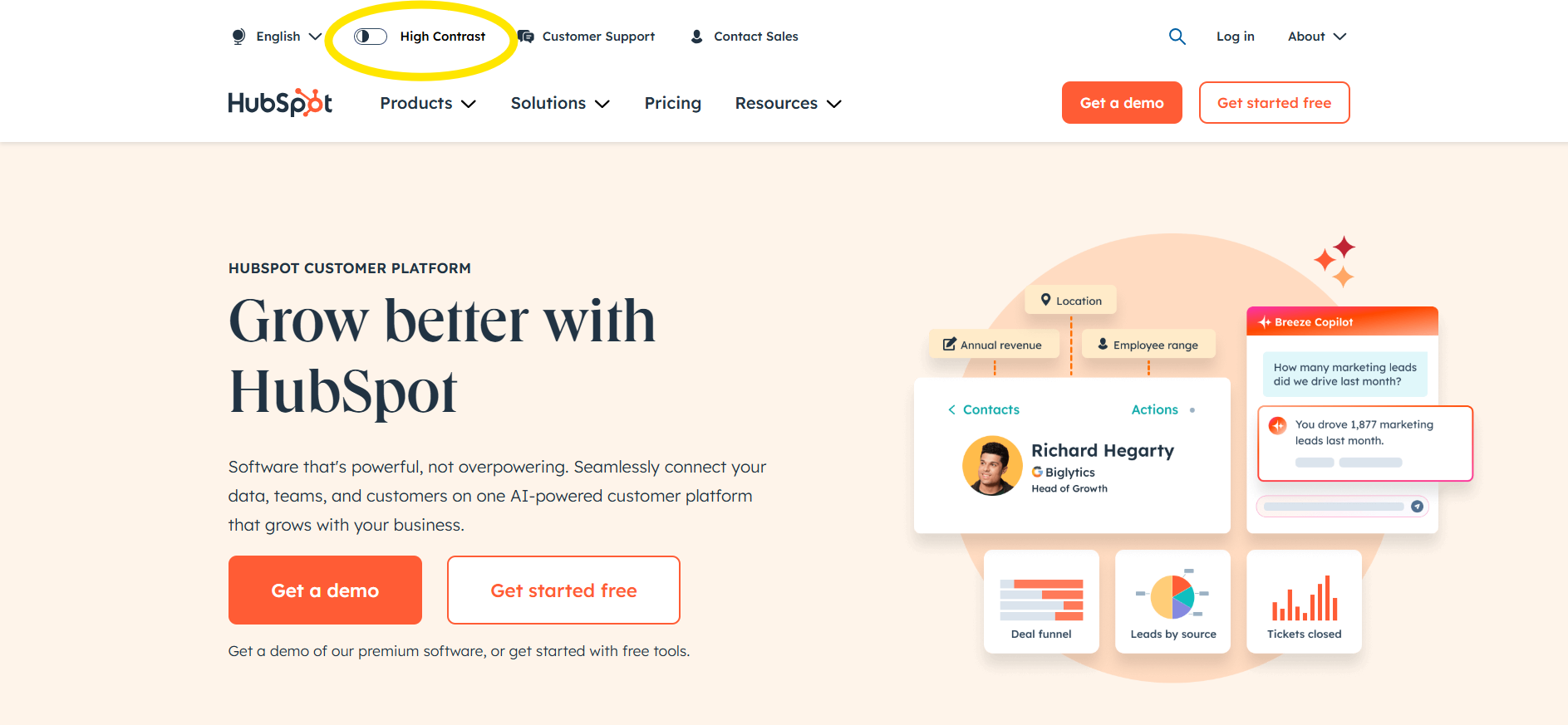
Outdated Design
If a website is outdated, it will impact search engine rankings. Lower search engine ranking means lesser visibility for your business, which in turn affects conversion rates and ROI. For example, your target customers are searching for ‘Luxury Yacht Rentals In Dubai.’ If your brand is not on the first page of the search results, it means that your potential customers will probably never find your website and interact with your business.
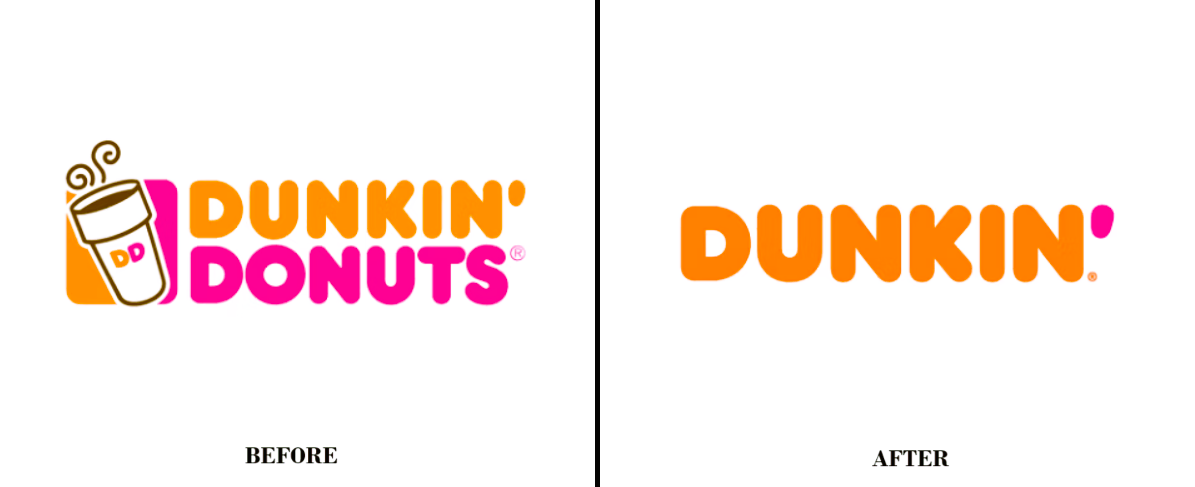
Poor Navigation Structure
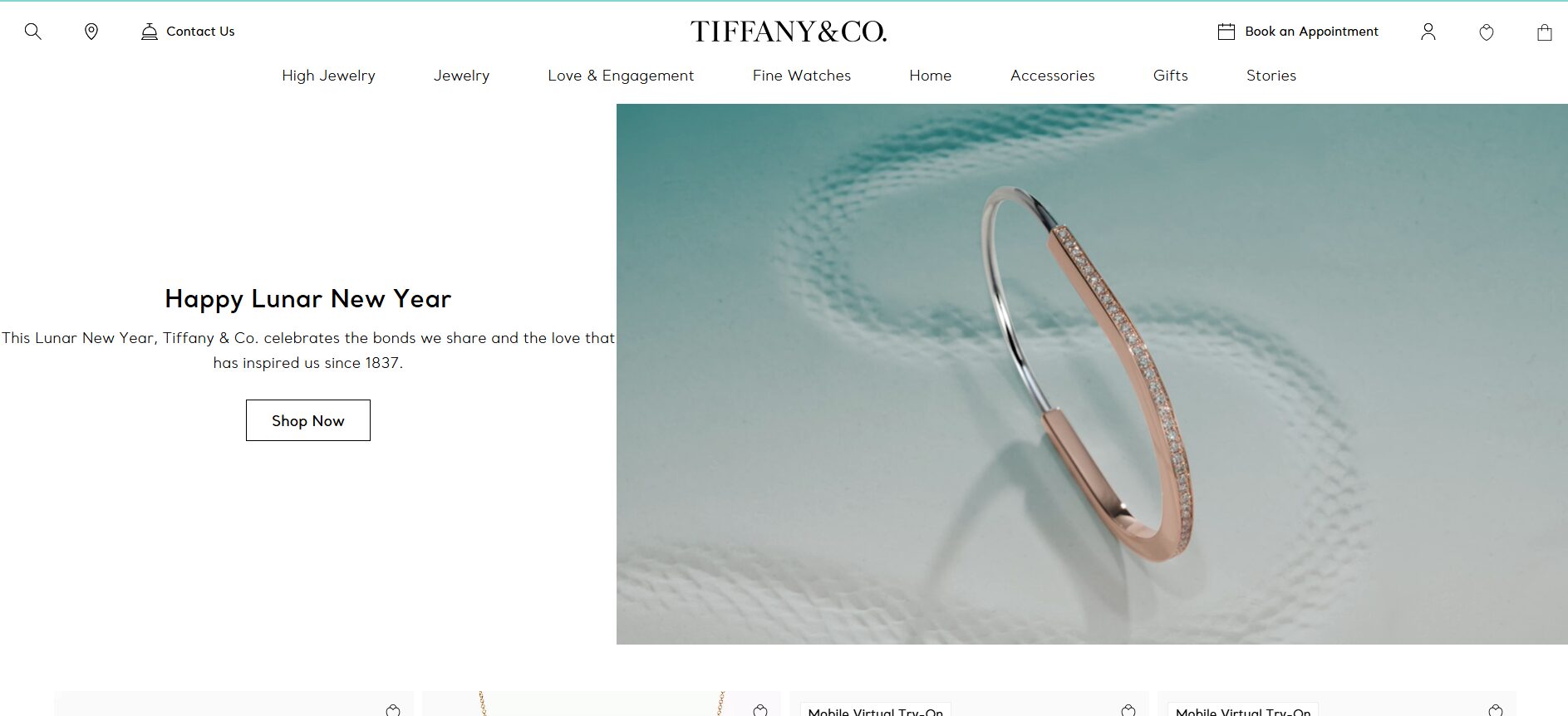
Inappropriate Design For Target Audience
Websites that were never created with the target audience in mind are bound to fail. Great websites that help businesses are those that were designed after these 4 crucial steps;
- Identifying target audience (for example, UHNWIs, cat owners, mom of toddlers, etc.)
- Creating buyer personas (having a clear content strategy)
- Keeping an eye out on competitors (evaluating their strengths and weaknesses)
- Choosing appropriate content (such as typography, imagery, graphics, colours, and written content)
Plagiarised Website Design
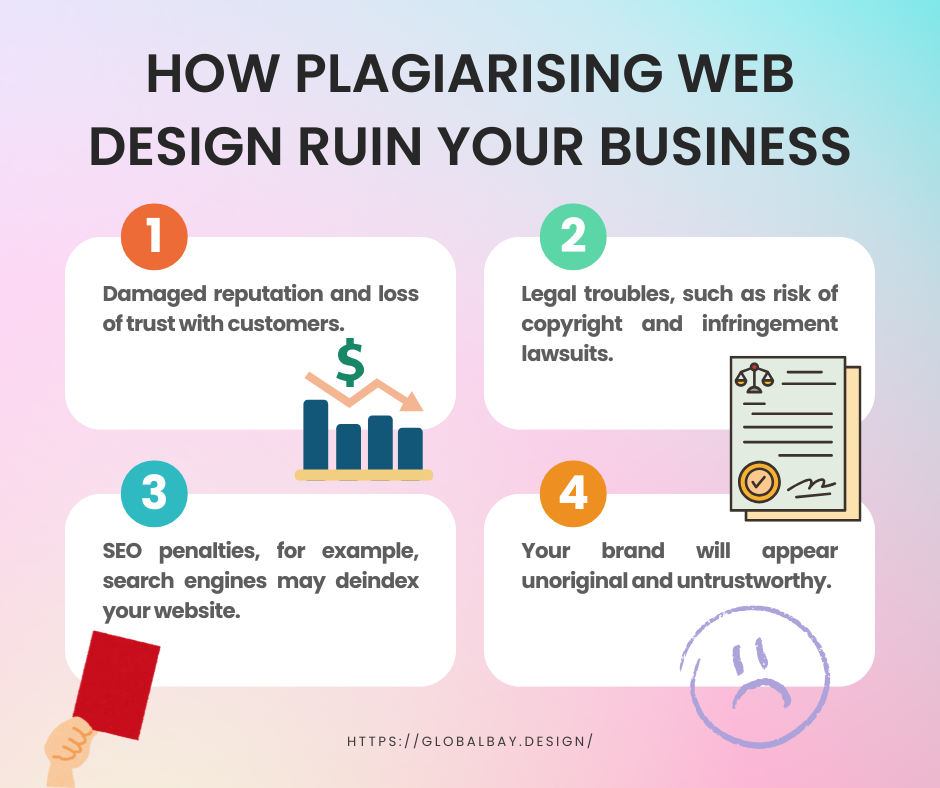
Neglected UX
A neglected UX results in drastic negative outcomes for a business. UX is the heart of every website for a reason. It reduces frustration among users, impacts their experience on your website, and decreases confusion to enhance conversions.
Signs That Your Website Design Is Destroying Your Brand Value
Here are all the signs that show that a website is slowly killing your business. If your website is showing any of these signs, it might be time to redo your web design:
Low Lead Generation
If a website is not generating consumer interest and then turning that interest into sales, then there might be an issue with your web design.
Difficult to Find
Your Website Has Obsolete Features
It Has A Complicated UI
Slow Load Time
Remember that online consumers abandon websites if they don’t load within 3 seconds? Anything longer than that, and you’re losing visitors.
Conclusion
Good website design is highly profitable for your business and keeps paying off as your brand grows in a competitive landscape. Just like online web design trends are always changing, you should also consistently update and refurbish your websites. Keeping an eye on Google Analytics and visitor behaviour will help you understand whether your web design is bringing in value for your brand or turning away your leads. And if you’re losing website visitors, try to rectify the issues as soon as possible.
